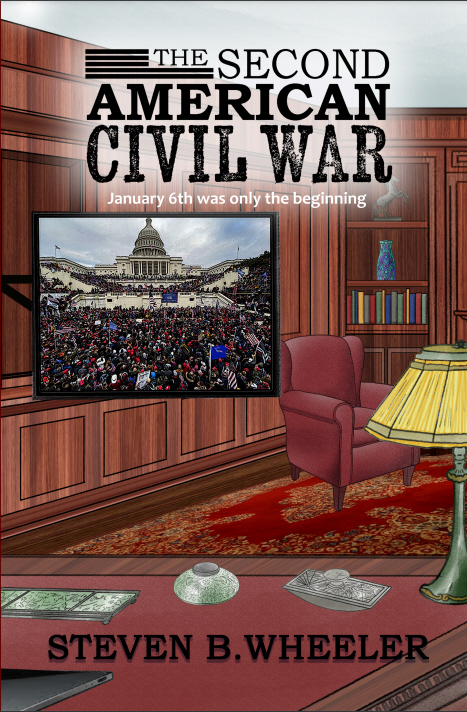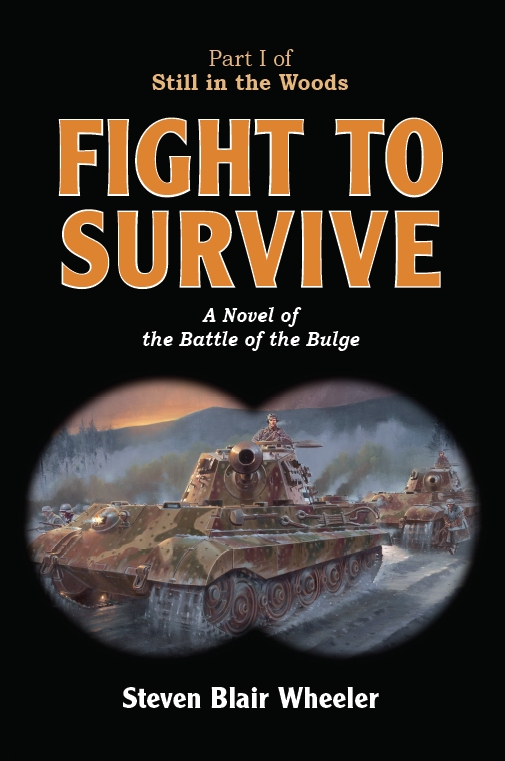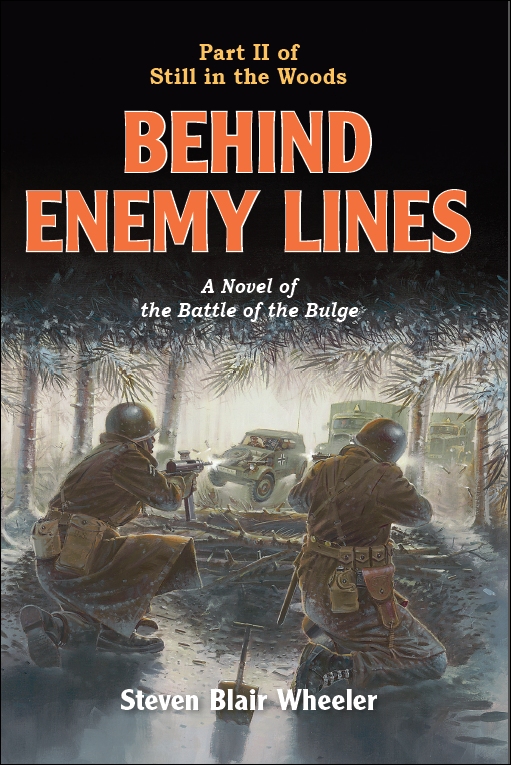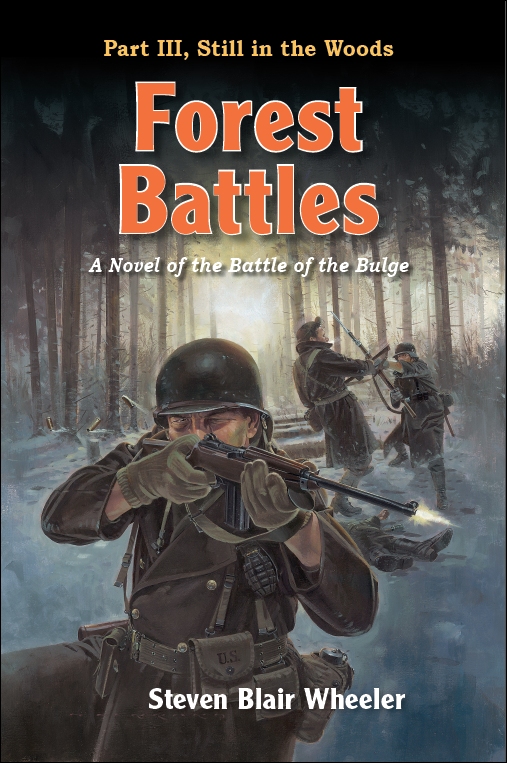What is the greatest joy of writing for you?
Writing is my art, my creative outlet. I enjoy discovering a story and the characters within it. A writer’s imagination is his gift to share with readers. When that gift resonates with people and is accepted and appreciated, it’s a wonderful feeling of validation and a fine encouragement to continue writing.
Writing is story telling, and I love a great story, well-crafted and well written. When a writer achieves those goals, he or she is a fine practitioner of the writing art form. Any artist aspires to perfecting their art to the best of their ability.
It’s so great to have in your life something that calls for your best efforts and always affords room to grow and improve. It’s like a violinist who masters her techniques to take on the wonderful challenge of a beautiful and difficult piece of music.
And writing always allows the author to explore subjects and learn new things that are needed to tell a story. That is part of what makes writing ever-fresh.
What are you working on next?
My latest novel, The Second American Civil War, relates events that occurred just after the 2020 national election. To avoid spoilers, I’ll just say that the end of the shooting war did not fully resolve underlying issues that caused it. So, just like the actual Civil War that ended in 1865, the second civil war would usher in the need for a new Reconstruction to create, in Abraham Lincoln’s words, “a more perfect union.” What would US democracy look like after a civil war in which the divide in the nation is not geographic as much as demographic?
How can the nation reunite in the face of a significant minority who ascribe to an alternate universe of facts?
What should happen to those who incited insurrection? How can they be readmitted as citizens in good standing?
So the challenge is to try to look ahead a couple of years to tell that story in the near-future.
Who are your favorite authors?
My most favorite author is Patrick O’Brian who wrote the wonderful Aubrey/Maturin series. I’ve re-read the entire 20 novels many times and never tire of them. O’Brian’s deep knowledge of the Royal Navy and British society during the Napoleonic wars, brings that era and his characters into vivid life. His insights into the human condition animate the stories in rich and satisfying ways. And his descriptions of sailing and life at sea in a sailing ship, particularly a Royal Navy warship, are often poetic, at times harrowing, pulse-quickening thrilling, and poignant.
I’ve also enjoyed many of Elmore Leonard’s novels as fun summer reads. “Rum Punch” was made into the great movie Jackie Brown, and that was a case where the movie almost topped the novel. The same happened for “Get Shorty.”
I have many others, but for now I’ll just mention Mark Helprin who wrote The Oceans and the Stars”, which is a marvelous tale of modern US naval action.
What is your writing process?
It depends.
I write poetry with pencil and paper so I can work over the meter as needs be. I find I’m most amenable to poetry when I’m relaxed and inspired.
When I write a short story, I typically have the idea and just start typing up the draft. I complete it, then let it sit for a while, a day or three. Then print it and read it aloud, and revise as the need arises. By the way, I detest the arbitrary limits on length imposed by magazines and contests.
For a novel, I work up an outline to visualize the story and character arcs. This also enables me to identify where I need to do research for locations, technical stuff, historical details that may enter in, etc. I spend days and weeks on this stage, also making notes for scenes. Sometimes, I draft up a critical scene at this stage, which is fun for me to get a sneak peek at the characters.
When I feel good about the outline, I’m generally champing at the bit to get writing and I set to it.
I write in the morning when I’m rested and have my tea and milk chocolate at hand. I sometimes work into the afternoon, and may put in some evening time, but my main effort is in the morning.
When I have a complete draft. I print it out (double-spaced) and read it aloud. I have a pencil at hand as I do this to cycle of edits. I do the revisions, print and read it aloud again. Rinse and repeat as needed.
How do you approach cover design?
The cover depicts a key scene in the story that dramatically exposes the central conflict. It must be visually appealing on multiple levels which are appreciated intuitively at first glance, but more fully as the reader gets into the story.
Cover design by the author is one of the best parts of self-publishing where the author has control of such design elements and decisions. Unless, of course, the author is not gifted visually. Then a talented designer can suggest brilliant cover ideas along the lines stated above. For the “Still in the Woods” series, I worked with an internationally renowned military illustrator in the UK. I was so pleased with his work that I have framed prints in my study.
Why did you become an indie author?
Why, indeed?
After trying for two years to attract a literary agent to gain a publisher the traditional way for The Seconds American Civil War, and either getting ignored or rejected every time, it became clear that if I was going to get this novel and it’s messages about our divided America before the public this election year, I needed to take on the publishing role.
The silver lining about my being retired, aside from my excellent health, is that I have plenty of time to tackle what is in fact a new job.
When you’re not writing, how do you spend your time?
I like to explore, and living in Oregon I’m blessed with many places to discover near and far. If you check my website stevenblairwheeler.com, you can enjoy one of my travelogues describing an adventure in the Owyhee canyonlands.
I love riding my bicycle. I’m not into the electric bike thing. But maybe if I get to be geezerly, I’ll have to try that. I hit the gym regularly to hold off that time.
My bicycle is my second car. I enjoy running local errands to reduce money spent on Big Oil and get fun exercise year-round. One of my favorite bike destinations is the minor league ballpark. I can cycle there in about half an hour on a lovely spring or summer evening and root for the Hillsboro Hops.
I also adore reading, of course. I typically have one or more books going. Fiction and history, mostly. Some economic and political stuff, throw in a bit of science sometimes. I dig spending time with my young adults and my friends. Hiking is a favored activity. My son and I have summited South Sister and Mt. St. Helens. I think I have a couple more peaks in me.
Describe your desk
My desk dates from the 1950’s and is rather large. I refinished the top some years ago and one day may need to do so again. I have a 21″ monitor with my desktop tower to the right and my printer on a stand to the left. A desk lamp stands by the printer reaching over the monitor. In front of the tower on the right is a pewter mug for pencils and pens, antique shears, and my fountain pen. By that are a bottle of ink and a reproduction of a Union Civil War officer’s belt buckle. Also there’s an electric pencil sharpener with a stapler atop it. My daily planner sits there on the right side, presently topped by a sun lamp that really helps ward off those long winter night blues.
On the left before the printer stand I typically have a stack, not overly neat, of papers of current interest, such as to-do lists, bills to pay, my home finances ledger, check book, and a pocket-sized light-powered calculator.
The base of my monitor has some post-it note pads, a pen knife, half of a thunder egg, and an agate I found years ago in central Oregon, a piece of ebony, etc.
At the foot of my lamp are some small rocks picked up here and there of bought at a rock shop. There’s a small crystal ball standing on a ring as given by my sister. In a printer stand cubby hole is a small, hardcover speller that my mother gave me when I was in the army to help with my spelling in my letters home. It has a note in her lovely handwriting and a small picture of her taken by the school district when she was about 40.
Taped to the front of the printer with artist’s tape is a table of sunrise and sunset times for January through July so I can track how the days are lengthening.
On a sable necklace stand atop my tower is a silver riviere bought in the Navajo nation.



